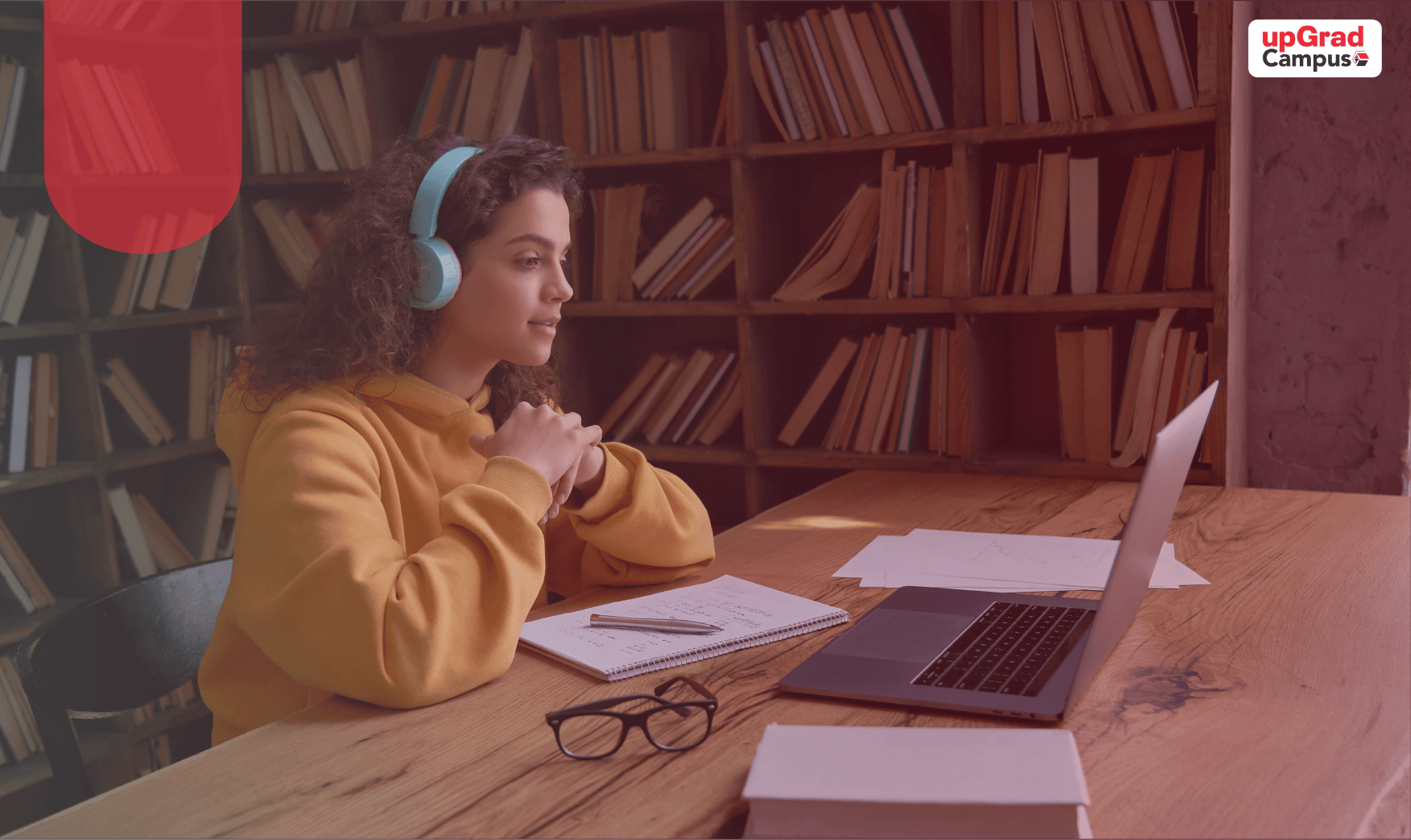Why is Blended Learning Considered the Future of Education?
On May 23, 2022
While the widespread COVID-19 pandemic has taken a toll on everyone, the sudden shift from offline to online classes has been arduous for both teachers and students. Keeping the learning process intact in such scenarios while following COVID-19 protocols became difficult until the hybrid learning method, also known as blended learning, was introduced. Then, educators in India and across the globe planned to create a blended learning environment to provide a better teaching and learning experience to their students.
As the name suggests, blended education is the perfect combination of in-person sessions (offline) and online approaches in teaching and learning. The method offers teachers and students maximum flexibility. Many education experts also believe that this innovative learning environment will continue even after the COVID-19 crisis. “Though teachers are struggling every day in managing the blended learning process, the results that it reflects, in the end, are worth the struggle," said teacher Bill Tolley in the Education Week Magazine.
Learning and exploring new aspects of life is the only way to remain relevant in the changing times. We are living in a world where modern learning techniques are successfully outshining the traditional teaching space.
To get a clear picture, RAND Corporation conducted a survey that revealed more than 20% of education leaders are considering transforming traditional learning into remote learning. Further, 10% of the respondents said they would continue to offer blended education even after the current pandemic crisis resolves. Don’t you think the number is too great not to believe in blended education? Well, we do!
In 2013, Educause, a not-for-profit association, conducted a study where they surveyed 1.6 million undergraduate and university students and received 113,000 responses that clearly showed students are more inclined toward the blended setup compared to traditional classroom lectures. Aside from students, teachers also mentioned blended learning provides them more opportunities to learn new technologies and incorporate them into their lessons. Therefore, both teachers and students are ready to adapt to any new technology introduced in the market.

What is Blended Learning?
While the educational system is trying to evolve, blended learning is a remarkable step that will serve as a landmark in the education system. Blended learning is the customization of eLearning. Here, the best aspects of both in-person learning and technological learning are combined, depending on both parties’ circumstances and needs.
Blended learning is a combination of the following
- Portion of learning occurs online where students get introduced to the concepts and manage the pace of learning.
- Another part is on webinars, where remote learners can easily engage with the instructors.
Common Types of Blended Learning
- Rotation: Students alternate between online learning and regular classes.
- Flipped classrooms: Students listen to lectures at home using technology. Here, the classrooms are utilized for conducting activities, projects, and doubt-clearing sessions based on online lectures.
- Flipped classrooms: Students listen to lectures at home using technology. Here, the classrooms are utilized for conducting activities, projects, and doubt-clearing sessions based on online lectures.
Benefits of Blended Learning
- Whether you're a student, teacher, employee, or partner, blended learning offers several opportunities. Let's explore the crucial advantages of blended learning.
- Students get the chance to learn and absorb material more easily, as a mix of teaching approaches gives a more comprehensive understanding of concepts for grasping things better.
- Blended education is a boon for students who find classroom lectures boring as it gives them the flexibility to learn from home, increasing their satisfaction.
- Blended learning includes technology that allows students to read and learn online material anytime and anywhere. They can now review the material online at their own pace without stressing about maintaining notes. The new way of learning bridges the communication gap between students and teachers, as technology often gives many methods of communication, such as messages, emails, and online discussions.
Pitfalls of Blended Learning
Even though blended learning comes with several advantages, there are a few pitfalls associated with it.
- If the student is technologically weak and finds necessary ways to avoid it, this can deeply impact the during online classes.
- learning process and absorb the lectures boring as it gives them the flexibility to learn from home, increasing their satisfaction.
- Teachers are required to have the ability to transform themselves with the
- changing teaching style and effectively accommodate the new ways of delivering education If the students are not disciplined, it might create problems
As mentioned, the advantages of blended learning outweigh its disadvantages; hence, many institutions like George Brown College and the University of Toronto have already shifted to this new way of learning.





